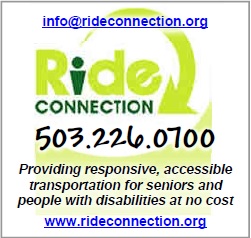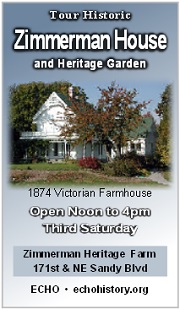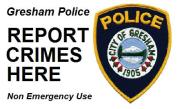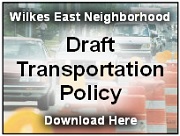
[Update] New zip code for Wilkes East? Gresham requests zip code realignment
Source: Gresham Outlook, Dec 18, 2015
The two main Gresham zip codes are 97030 and 97080, but the 30,000 people that are in the impacted area have zip codes that are 97024, 97230, 97233 and 97236.
The zip code alignment issue leads to residents being unclear about what city they live in and from where they should be requesting services such as police and fire or business licenses, said Eric Chambers, director of government relations in Gresham.
Here’s how the process would work: First, the city asks the USPS to look into the issue. The USPS has 60 days to decide whether the city’s request has merit. If the USPS decides it doesn’t have merit, the issue is dropped and the city can appeal the decision. If the USPS decides there is merit, the postal service sends out a survey to every resident in the impacted area. If survey results come back in support of changing the zip codes, the postal service would present a few options and implement the final change in July 2016, which is the slowest month for mail.
Chambers said the city has been trying to get this issue remedied since at least 1998, when the USPS denied the request.
One of the main reasons the city is pushing for the zip code issue to be resolved is because data collected on residents in the impacted area show the community is most in need of a clear identity and knowledge of the appropriate local government in which to engage.
Chambers presented some stark statistics:
- 56.2 percent of the population in the impacted area rent their housing, compared to 38.1 percent of residents in the Portland metro region who rent.
- 23 percent of residents in the impacted area have not completed high school, compared to the regional average of 9 percent.
- The median income of the impacted area is $38,635 per year; the regional average is $59,764 per year.
- The average age of residents in the impacted area is 32 years old, compared to the regional average of 38 years old.
- The impacted area is significantly more diverse than the region as a whole: 47 percent of residents being people of color; 26 percent of residents in the Portland metro area are people of color.
- 25.7 percent of people live in poverty while the regional average is 12.3 percent.
- Only 51 percent of residents in the impacted area are registered to vote, the regional average is 72 percent.
Chambers said the city has support from many nonprofit organizations working in West Gresham.
Jenny Glass, executive director of The Rosewood Initiative, a nonprofit organization that works toward improving the conditions for people living on the border between Portland and Gresham — 162nd Avenue — advocated strongly for the city taking action on the issue.
“There’s a lot of confusion,” Glass said. “People don’t know who to call. These are exactly the people we need to be calling and receiving services in the correct city.”
She said often police and fire dispatchers will send services to the wrong city and debate on who was supposed to respond to the call, entrepreneurs will apply for business licenses in the wrong city and city officials themselves sometimes don’t even know where the city limits are.
“We’ve been hard at work for five years to create opportunities for joint funding on the border,” Glass said. “We appreciate your support on all of this and I think it will be even easier when we have that delineation corrected so we won’t have any doubt about who is responsible for getting services to the edges of both cities."
Related Content
- ZIP code issue divides West Gresham residents (Gresham Outlook, Jan 12, 2016)

















